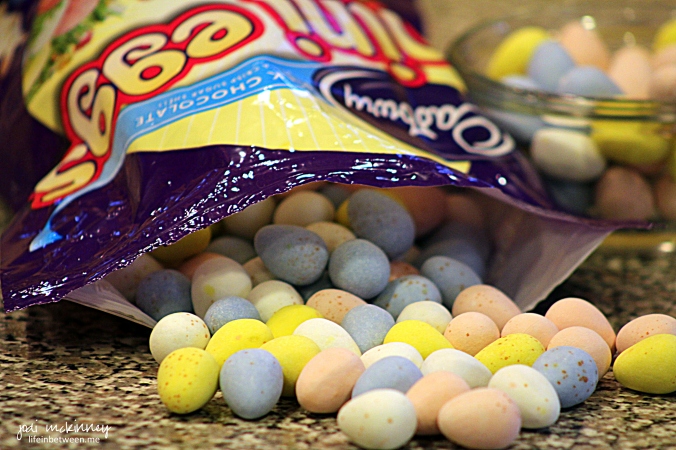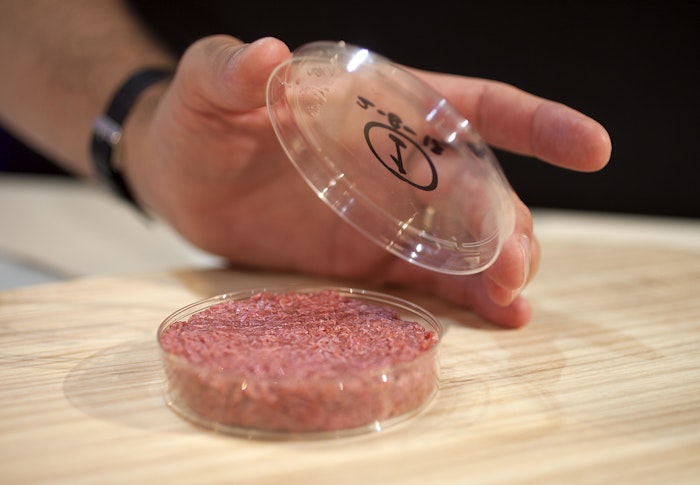Martin Yan - Yan Can Cook
Before the Emeralds and Flays, the Giadas and the Rachel Rays,
before the existence of the Food Network, PBS was the only place on television
where you could watch a cooking show. Today, PBS still offers an array of
cooking programing like Lidia's
Family Table, which I tune into occasionally, but I fondly remember many
childhood afternoons spent watching Yan
Can Cook and the Frugal Gourmet.
In the mid-1990s, the Food Network launched. The minimalistic,
stark white kitchens that Flay, Lagasse, and Batali appeared to share are a far
cry to the homey, audience friendly stages they occupy now.
I've spent a good part of my afternoon
searching the web for a glimpse of the past, but these images and videos conveniently
are unavailable. Being that they were chefs before actors, their stage presents
had yet to develop. Batali even told of a story where
he grated his hand on camera, and instead of stopping the production, he dumped
his hands to tomatoes, before a commercial break. Even the original food
competitions like Ready, Set,
Cook are so drastically
different than today's programing like All-star Academy. Take a look!
Ready, Set, Cook
All-star Academy
I can only imagine that the cost per chef to be on the program cost more than the production cost of the entire series of RSC! Most network TV channels have at least one food competition show for primetime entertainment. People like watching food and how people cook. Whether it is the Worse Cooks of America or Man vs Child (can't wait to put Matthew on that show!), people are watching, for better or worse.
Michael Pollan's new series on Netflix Cooked begins with a
monologue that there are more cooking shows than ever on TV, but less and less
people are cooking. Though he disapproves of these actions, he too his
providing entertaining cooking television. Would you call this aiding and
abetting the issue of people not cooking?? I am happy that there is a new
cooking TV revolution. These shows introduce new cuisines and a "can
do" attitude that I find put people in the kitchen. It's allowed for more
people to advocate for better food choices in their schools and super markets.
People want to know what they are eating, and where it is coming from, and
these shows, documentaries and even movies help people understand that cooking
is what makes us human.


























